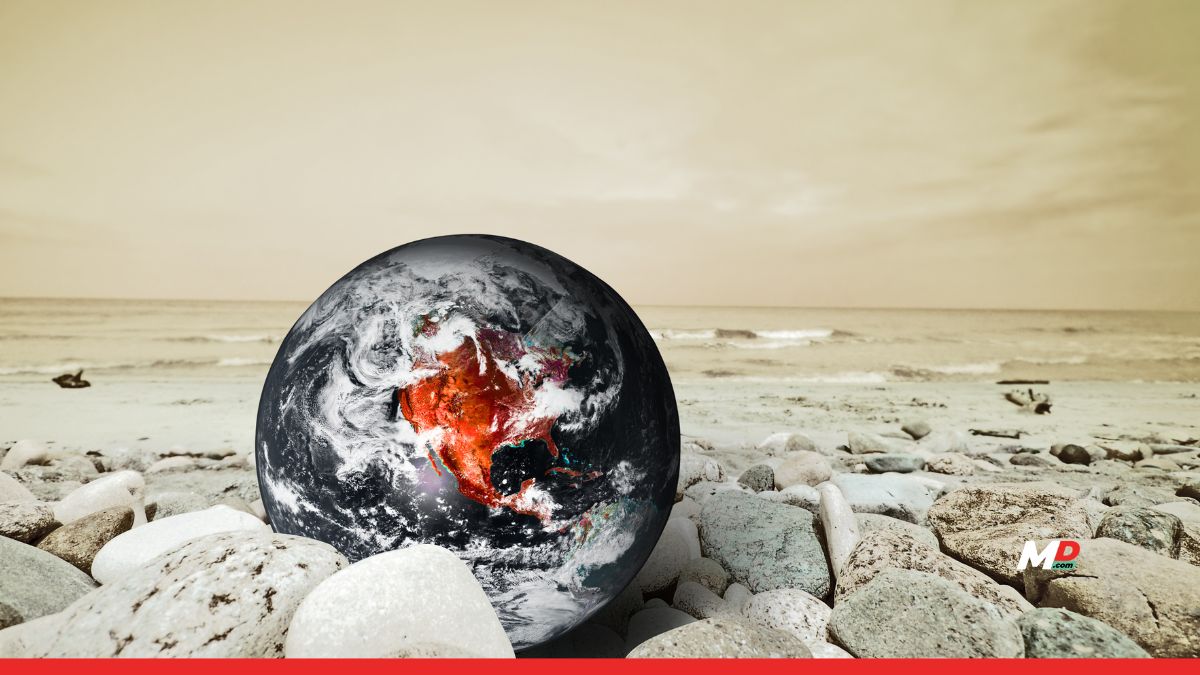Environment
India’s Climate Paradox: A Human-Induced Heat Crisis That Bucks Global Warming Trends
Published
8 months agoon

India is on the frontlines of climate change — a reality underscored by the searing heatwaves that have become an annual ordeal for millions. Yet, paradoxically, India is also a statistical outlier in the global warming narrative. While much of the world has experienced a 1–2°C rise in mean temperatures, India’s long-term warming trend clocks in at just under 0.7°C since 1901 — nearly half the global average.

This contradiction is more than a climatological curiosity. It presents a strategic challenge and opportunity for the world’s most populous country, which must now navigate the double burden of increasing climate-induced disasters and uncertainty about the drivers behind its slower warming trend.
The Human Handprint Behind Heatwaves
A new analysis by ClimaMeter, drawing on Copernicus ERA5 data, has found that the extreme heatwaves that devastated parts of India and Pakistan in April 2025 were not random acts of nature. Instead, they were significantly intensified by human-induced climate change. The study revealed that meteorological conditions leading to the recent heatwave were up to 4°C warmer than similar events in the second half of the 20th century — a marked departure from natural variability.
The findings point to a climate system increasingly shaped by anthropogenic forces. The surface pressure anomalies, altered wind speeds, and shifts in precipitation patterns documented in the region all bear the fingerprints of human activity — from greenhouse gas emissions to land-use changes.
While natural climate variability still plays a role, ClimaMeter’s conclusion is unequivocal: India’s recent bout of extreme heat is largely man-made.
India: A Global Warming ‘Hole’
But here’s the twist: India is also a global warming “hole” — a region warming significantly slower than most. At a climate science conference co-hosted by Harvard University and India’s environment ministry, researchers pointed to a peculiar pale patch on global temperature maps. While much of the planet has turned deep red, reflecting drastic warming, India’s mean temperature rise remains relatively muted.
This has baffled scientists. After all, India has faced some of the most intense climate-induced disasters — from record-breaking summers to lethal floods. So why is it warming less?
The Cooling Suspects: Pollution, Irrigation, and Winds
One of the most cited explanations ironically is air pollution, particularly the dense aerosol cloud that hangs over the Indo-Gangetic Plain. These aerosols — byproducts of industrial activity, traffic, cooking fires, and crop stubble burning — can reflect solar radiation, cooling the atmosphere and muting the warming effect of greenhouse gases. In fact, similar pollution-driven cooling was observed globally in the 20th century.
However, this theory comes with a dangerous catch. Reducing air pollution, while essential for public health, could inadvertently accelerate warming. U.S. climate scientists warn that India could experience a doubling of its warming rate in coming decades as air gets cleaner. Yet, some experts remain skeptical of the pollution hypothesis, noting that aerosols also include black carbon, which absorbs sunlight and contributes to warming.
Another theory credits the expansion of irrigation across northern India. As irrigation water evaporates, it absorbs atmospheric heat, potentially cooling the region. Research shows that widespread irrigation has dampened extreme summer temperatures in other agricultural zones like the U.S. Midwest. However, Indian scientists caution that satellite-based studies may be overestimating irrigation’s impact — particularly during the summer when irrigation is often limited.
Wind patterns may offer additional clues. Changes in monsoonal winds and jet streams, possibly linked to faster warming in West Asia, have been shown to influence India’s rainfall and temperature variability. Climatologist Raghu Murtugudde suggests that subtle shifts in seasonal winds could also explain the suppressed warming.
The Strategic Blindspot
While these theories are compelling, none offer a definitive explanation for India’s climate paradox. “It’s only a mystery because we haven’t paid enough attention,” says Murtugudde. Indeed, much of the research focus has been on India’s heatwaves and not on its historical warming trends — a gap that could leave the country underprepared for future climate volatility.
That blindspot is dangerous. India is already suffering deadly heatwaves, with last summer’s death toll estimated at over 700. As temperatures climb and the cooling “shield” of aerosols diminishes due to pollution control efforts, the risk is that India may suddenly catch up — or even outpace — global warming trends.
Implications for Policy and Preparedness
This dual narrative — a slowly warming nation beset by extreme, human-induced heat events — complicates policy decisions. For instance, should India accelerate its air quality improvement agenda, knowing it might intensify warming? Or should it invest more in understanding microclimates and local interventions, like greening cities, changing agricultural practices, or modifying building codes?
There is a strategic imperative here: India must lead in customizing its climate models and predictive systems. Generic global models might miss the nuances that make India’s climate behavior so unique. A dedicated, high-resolution Indian climate observatory — perhaps led by a coalition of ISRO, IMD, and international research institutions — could offer actionable insights.
At the same time, India must not wait for perfect data. Heatwave early warning systems, city cooling plans, and rural water management strategies must be scaled now. Climate resilience is no longer optional; it’s a survival imperative.
Industry Perspectives
“Companies that prioritize, demonstrate action, and provide quantifiable reasoning for the long-term benefits gained through sustainability, will lead their industry and profit financially. Boards are essential in this.”
Usha Subramaniam, Country President – India, Grundfos

“World Earth Day is not just a reminder, it is a call to act with intention and care. At Acer, sustainability is a responsibility we uphold every day, embedded into every product we design and every decision we make. Through our Earth mission, we are rethinking materials, minimizing emissions, and creating technology that puts the planet first. Our Vero series stands as proof that performance and sustainability can go hand in hand. As digital transformation accelerates, so does our duty to protect what truly matters — our Earth. This Earth Day, we continue our journey toward building a future where innovation and environmental stewardship move forward together.”
Sooraj Balakrishnan, Associate Director & Head of Marketing, Acer India
From Outlier to Outfront

India’s climate story is one of paradoxes — a global warming hole on the map but a hotspot in lived experience. The slow burn of rising mean temperatures belies the blistering pace of heat-related disasters. Understanding this contradiction isn’t just a scientific puzzle; it’s a strategic priority.
As the world watches India’s next move, the country has an opportunity to transform from an outlier in climate metrics to a leader in climate strategy. That requires acknowledging that climate change here is no longer just about the future. It’s already rewriting the present — and it’s largely our own hand doing the writing.
You may like
-


India’s Growth Engines Awarded: Most Preferred Workplaces 2025 Set New People-Centric Benchmarks
-


India’s Growth Engines Awarded: Most Preferred Workplaces 2025 Set New People-Centric Benchmarks
-


CBI books Anil Ambani’s son, RHFL in ₹228 Crore bank fraud case
-


Quick-Commerce Heading for Shakeout as Funding Model Fails, Warns Blinkit CEO
-


Venkatesh Iyer never looked at us during trials and I thought he was someone with a lot of attitude : Abhishek Nayar
-


Welspun One expands footprint with 46-acre Talegaon MIDC project; unveils ~INR 550 crore plan for a next-generation logistics park


